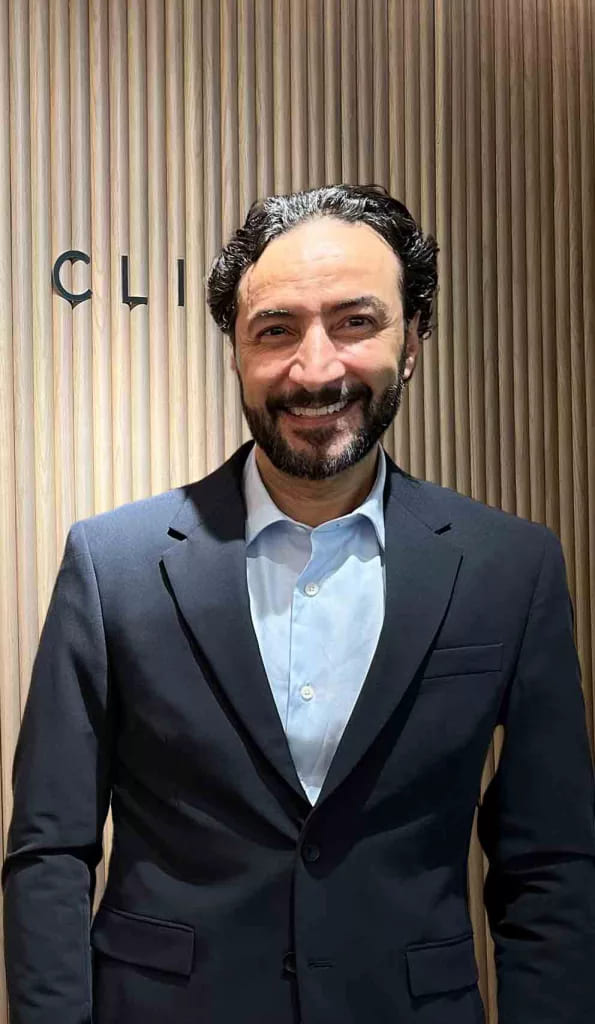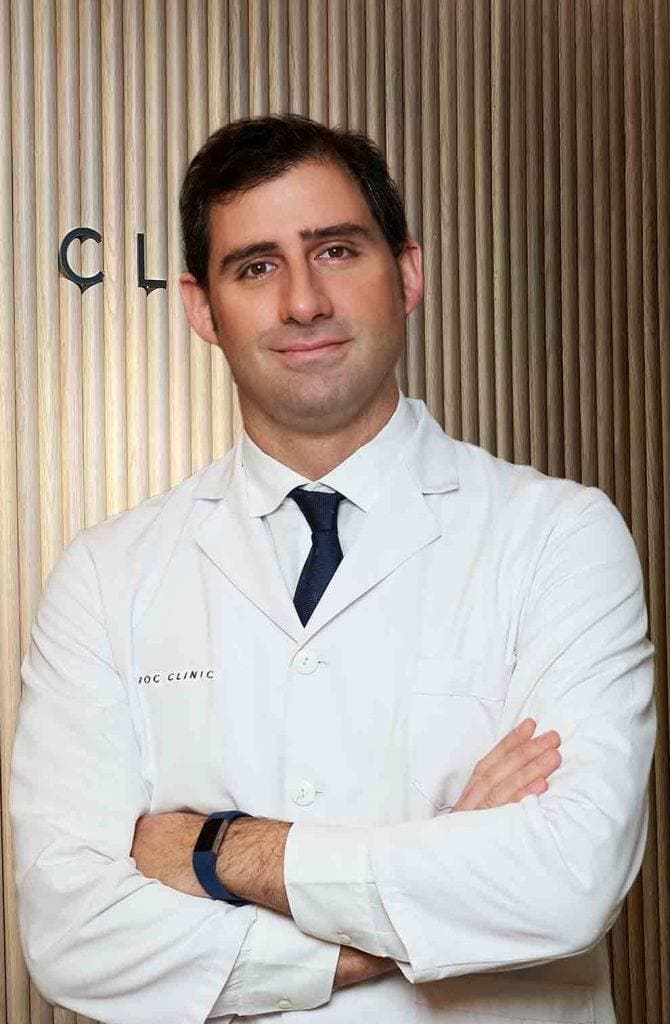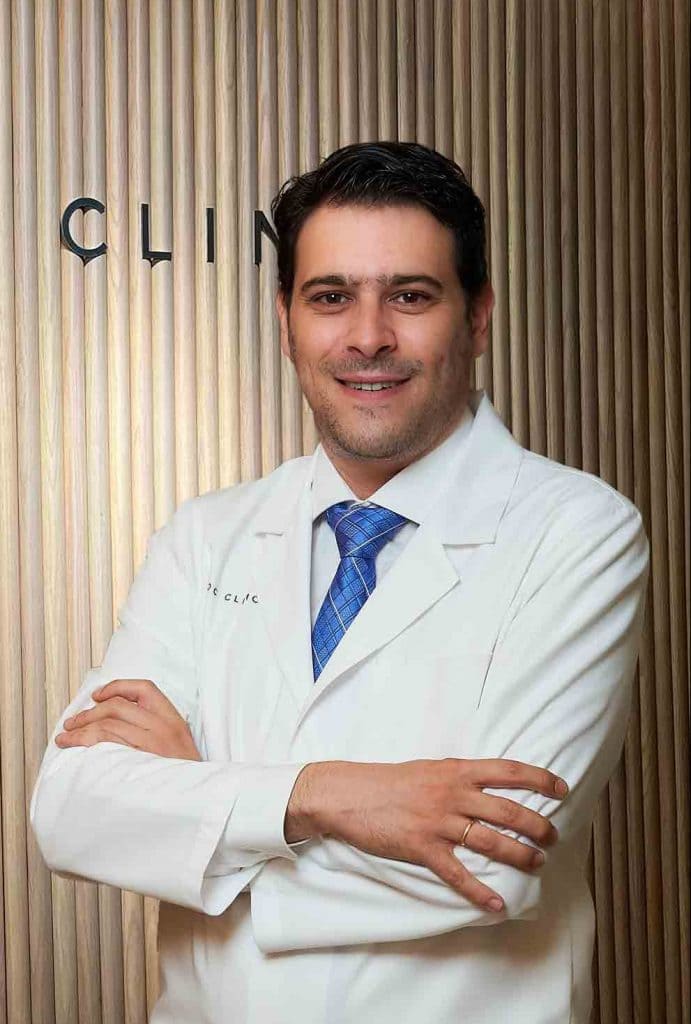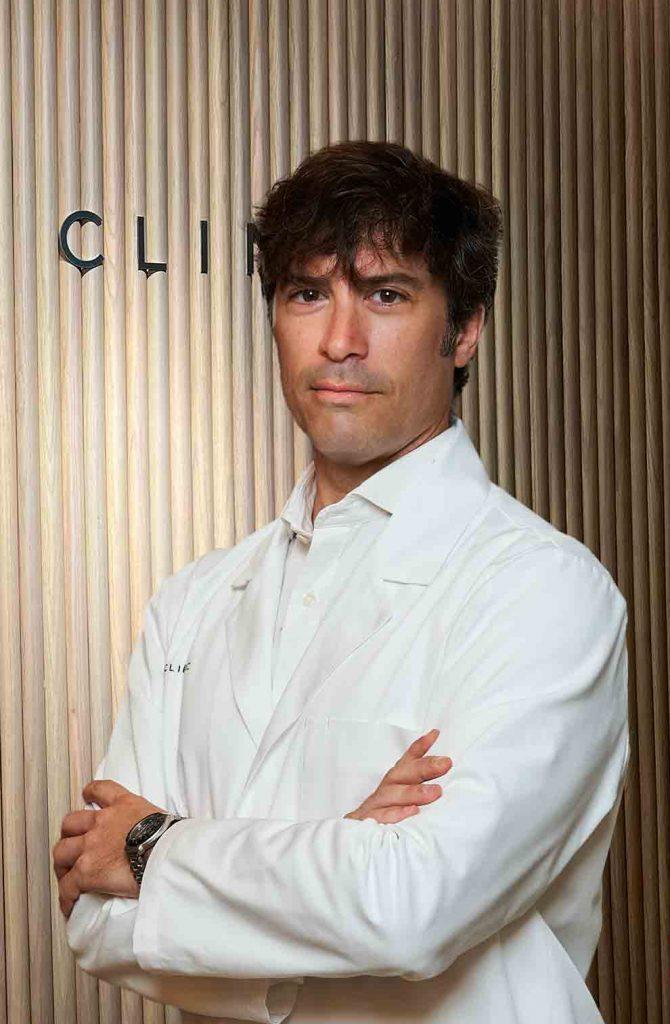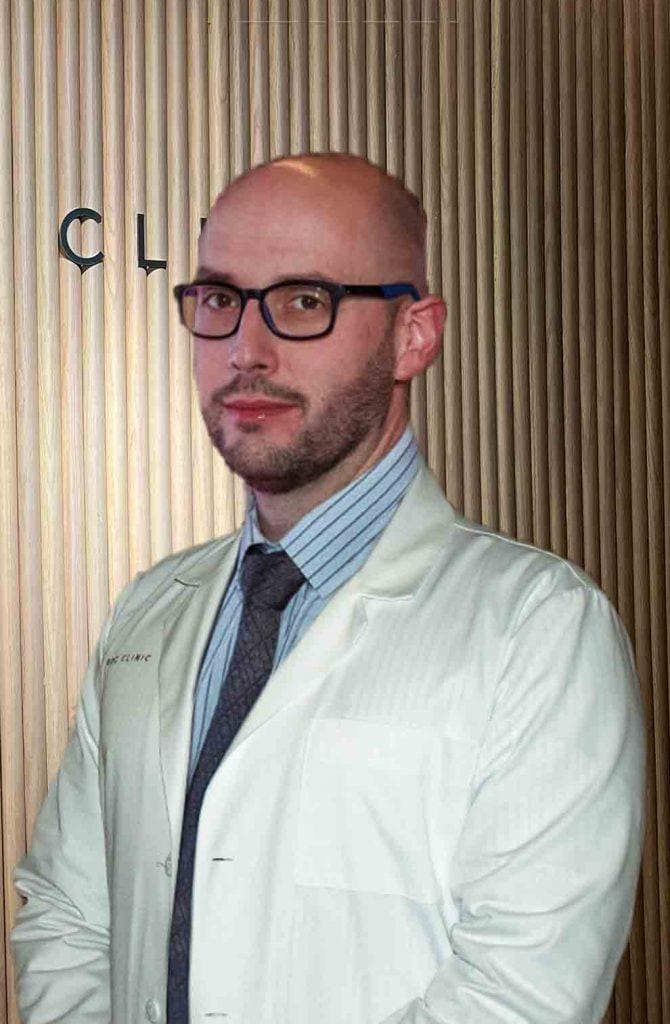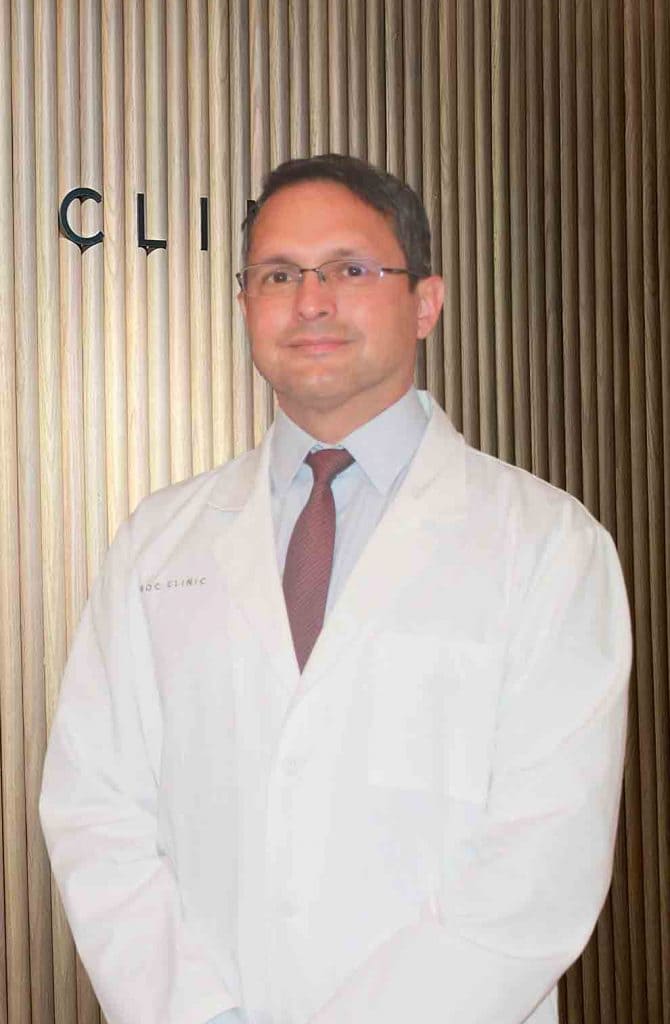Vasovasostomy
Only with vasovasostomy can we become fertile again and have more offspring without the need to resort to other alternatives such as assisted reproduction.

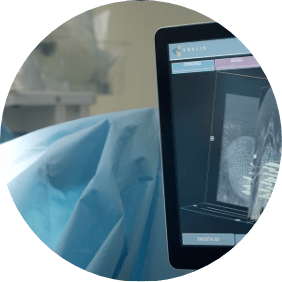
- Super-specialized urologists
- Personalized treatment
- Minimally invasive approach
- More than 10,000 patients successfully treated
What does a vasovasostomy consist of?
Vasovasostomy is a surgery that consists of reversing the interruption of the seminal duct that occurs after a vasectomy. It is the only medical or surgical procedure that can reverse the effects of vasectomy. Only with vasovasostomy can we become fertile again and have more offspring without the need to resort to other alternatives such as assisted reproduction.
Three months after the vasectomy, when the seminogram is negative, the patient is no longer fertile. In the course of time, some men prefer to reverse this situation in order to be able to be fertile again.
Preoperative for vasovasostomy
Vasovasostomy does not require any special preoperative preparation. The preoperative preparation required is an electrocardiogram, a blood test and a chest x-ray, in addition to an evaluation by anesthesiology.
There is no need for any precaution or special handling before surgery. Generally, urologists perform the shaving of the scrotal and genital area ourselves, so we usually do it in the operating room and it is not necessary for the patient to do it beforehand.
What is the surgery like?
Vasovasostomy is performed under local anesthesia, although depending on the patient's preference or, if we think that the procedure may be very long, alternatives such as sedation can be offered.
A scrotal incision is made and dissection of the structures of the inguinal cord is performed until the severed ends of the vas deferens are located. The vas deferens are the tubes responsible for channeling sperm from the testicles to the prostate and seminal vesicles.
Once they are found, they are dissected and are avulsed in order to have healthy tissue available. Subsequently a microsurgical suture is performed with very fine material in several layers, until the seminal continuity is reconstructed. This procedure is logically performed in both testicles.
What is the postoperative period like?
The postoperative period for vasovasostomy is usually ambulatory in most cases. The use of a scrotal jockstrap is usual to try to minimize hematoma and pain after the procedure. Bladder catheterization is not necessary.
After the surgery, the patient goes to a resuscitation unit where we make sure that he/she adapts correctly to the environment after the operation and that there are no immediate complications. After a while, the patient is usually able to leave on his or her own. It is generally advisable to be accompanied to the hospital.
The most common complication of vasovasostomy is pain, since bleeding and infection are very rare. To limit pain, as mentioned above, a scrotal jockstrap or tight underwear is usually used during the first few weeks. In addition, the use of commonly used anti-inflammatory drugs is usually recommended. If there is inflammation and pain, indirect local cold can be used.
In any case, vasovasostomy is a procedure that, although it is very complex and requires a lot of technology and surgical skill, does not usually have a long or complicated postoperative period. Physical and sexual activity can be resumed within a few weeks.
Your urologist will instruct you on how to perform the seminogram controls to evaluate the success of the treatment.
Results
Vasectomy is a surgery with a success rate of virtually 100%. In contrast, its reversal - vasovasostomy - has success rates close to 50%. There are several factors that can influence the results, such as the surgeon's experience, the use of a surgical microscope, the patient's age or the time since the vasectomy was performed.
Newsof ROC Clinic in Vasovasostomy
Research
Da Vinci and Hugo RAS Platforms for robot-assisted partial nephrectomy: a preliminary prospective comparative analysis of the outcomes.
They ask us in the Consultation
Will I be able to live a normal life after a vasovasostomy?
During the first days after vasovasostomy, it is advisable to lead a less active life. There is no need to rest, but intense physical activity and heavy lifting are contraindicated. As you feel better you will be able to progressively lead a more normal life. You will be able to resume physical activity after approximately 3 weeks, if the evolution is good.
When will I be able to have sex again after a vasovasostomy?
After a vasovasostomy, it is recommended to abstain from sexual intercourse for a period of 3 weeks. This time allows for adequate healing and reduces the risk of complications, such as opening of the suture due to the intense muscle contractions that occur during ejaculation. It is essential to follow your doctor's instructions and attend follow-up visits to ensure optimal recovery before resuming sexual activity.
How long does admission last after a vasovasostomy?
If everything goes well, you should be able to leave the same day. It is a technically complex and relatively long surgery, but once it is finished, you will be able to go home within a few hours.
If vasovasostomy does not work, what other options do I have?
If the vasovasostomy fails to repermeabilize the seminal duct, the next step is testicular biopsy to obtain spermatozoa. In fact, on many occasions these are two procedures that are performed simultaneously.
Team of the Vasovasostomy unit


 +34 912 627 104
+34 912 627 104 Contact
Contact
